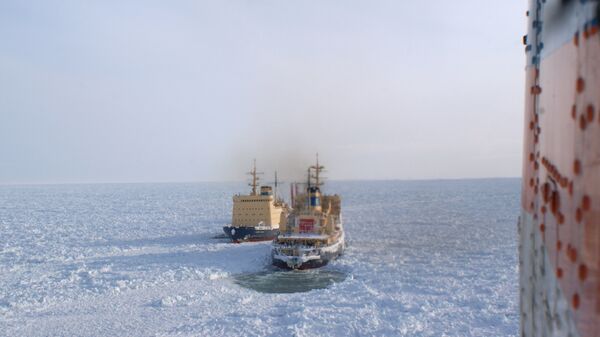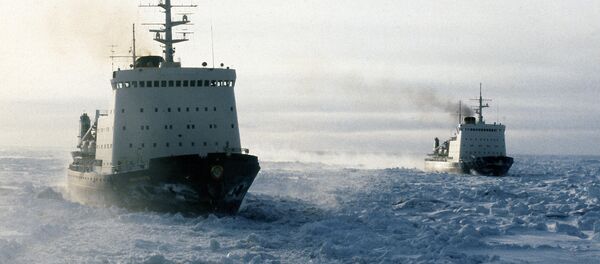"According to the results of the research work, the experimental prototype of our airborne radar, which is planned to be installed on unmanned aerial vehicles, has demonstrated results that exceed the characteristics of the preceding side-looking airborne radars. It is able to determine the level of cohesion, type and trajectory of ice movement, as well as to explore the meteorological situation," Kuzyuk said.
"For this reason, the effectiveness of search and rescue operations suffers, the geological exploration work is not fully implemented and the safety of navigation on Arctic routes goes down," Kuzyuk said.
The new Arctic radar is able to assess the thickness of the ice on the route of vessel traffic, provide information support for rescue operations and conduct environmental monitoring of the Arctic shelf, according to the CEO.


